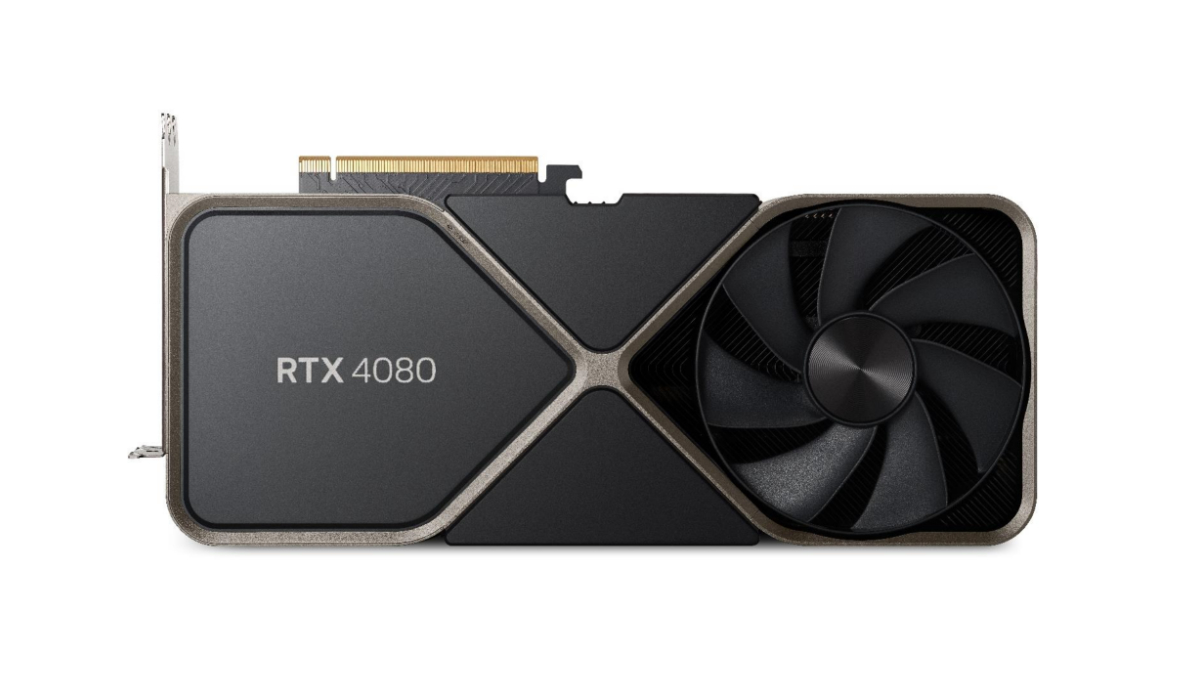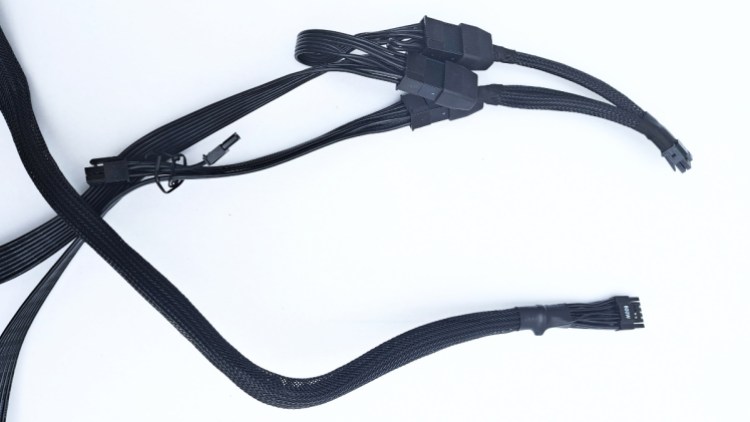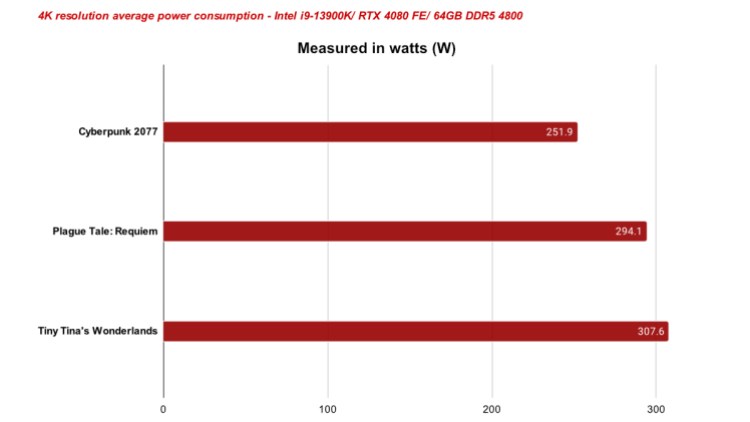Connections, thermals, and power consumption
The Nvidia RTX 4080 Founders Edition comes with the graphics card itself, a small instruction manual, and a x3 split PCIe eight-pin to single 12VHPWR 16-pin adapter. If you don’t want to use the included adapter in favor of a cleaner cable run, some power supply providers have new cables available for existing PSUs.
We used the bequiet! 12VHPWR cable for this review, which is rated up to 600W. These cables provide enough power to the GPU for regular use and overclocking and greatly reduce the amount of cable clutter in general. This is definitely something you’ll want to consider, because the included power adapter is not a good choice for a showcase PC with a glass side panel.
We’ve included a comparison screenshot below of our Nvidia adapter cable wiring versus the native cable to show you just how complicated it can get.
There was a huge amount of worry and speculation earlier this year about the power consumption for the RTX 40 Series. And it turns out there is a good bit of evidence to suggest there may have once been a plan to run the RTX 40 Series faster, harder, and hotter. That would of caused a number of problems though. We’ll likely never get official word from Nvidia about what board power ratings it considered early on for the RTX 4080, but no matter. The final product we got is very lean and efficient at 320W, while still being powerful.
In fact, the RTX 4080 features the same maximum power consumption as the original RTX 3080 while clobbering it in ray tracing benchmarks. This is thanks to Nvidia’s new architecture, but also a massive node difference. Nvidia shifted from Samsung 8N to a custom TSMC 4N node. Engineering discussions aside, the RTX 40 Series is built upon some of the most advanced silicon in the world today and it shows.
As such, you only need a 750W PSU to run the RTX 4080 and I’ve had no issues pairing it with an Intel i9-13900K. So far, the card hasn’t exceeded 311W, and that was only during stress tests. For context, it consumes about as much power as my EVGA RTX 3070 Ti FTW3 Ultra while crushing it in performance and producing less operating noise. It’s not silent under full load, but you’re not likely to ever notice the fan noise over your CPU cooler. Bonus points for the zero-RPM mode when you’re just using the system for light tasks.
If you plan to get an RTX 4080, particularly one of the AIB models, you’ll want to match the manufacturer recommendation. The going recommendation is 850W, and with good reason in regards to things like high clock speeds that result in great power consumption, operating voltage differences, and transient power spikes. The Nvidia FE cards tend to have tighter power consumption tolerances while being several percent slower in performance.
Given the huge fans and massive cooler design, thermals almost feel like a footnote for this graphics card. This card doesn’t get hot, so there’s plenty of headroom if you want to overclock it or plan to put it in a smaller case. In a 69F (20.6C) environment, the card peaked at 62C running Plague Tale: Requiem in 4K on the Ultra preset.
- Introduction, design, specs, and test system
- Connections, thermals, and power consumption
- Gaming performance benchmarks
- DLSS 3 and review verdict









Published: Nov 15, 2022 12:00 pm